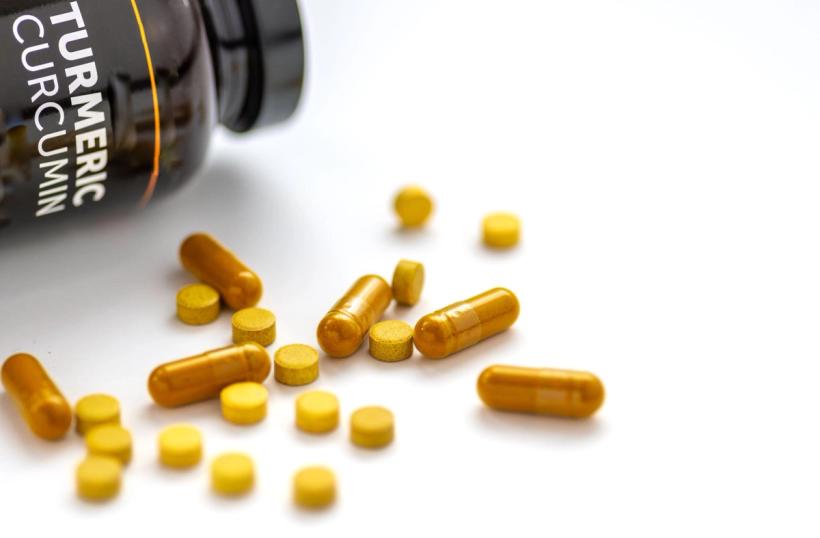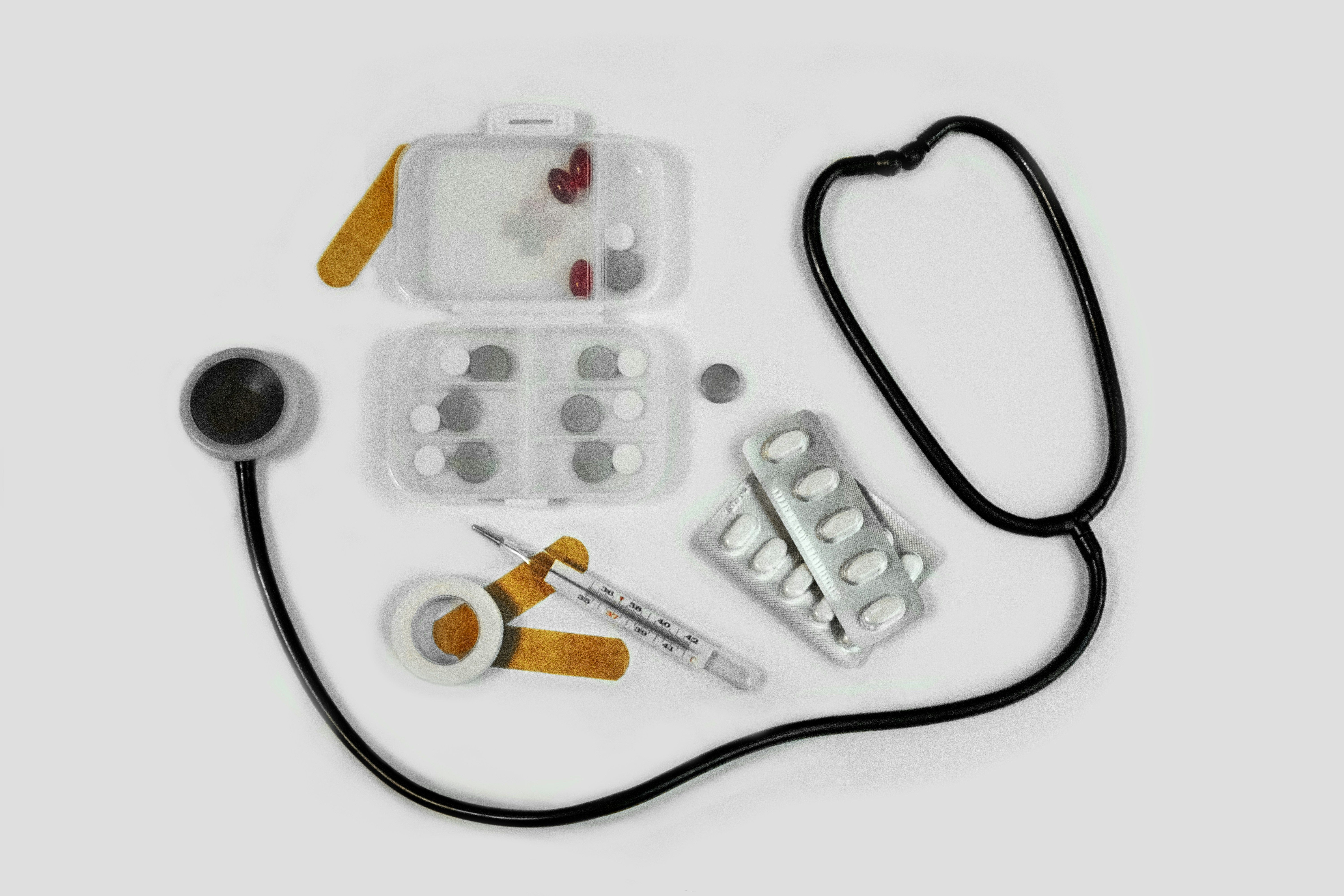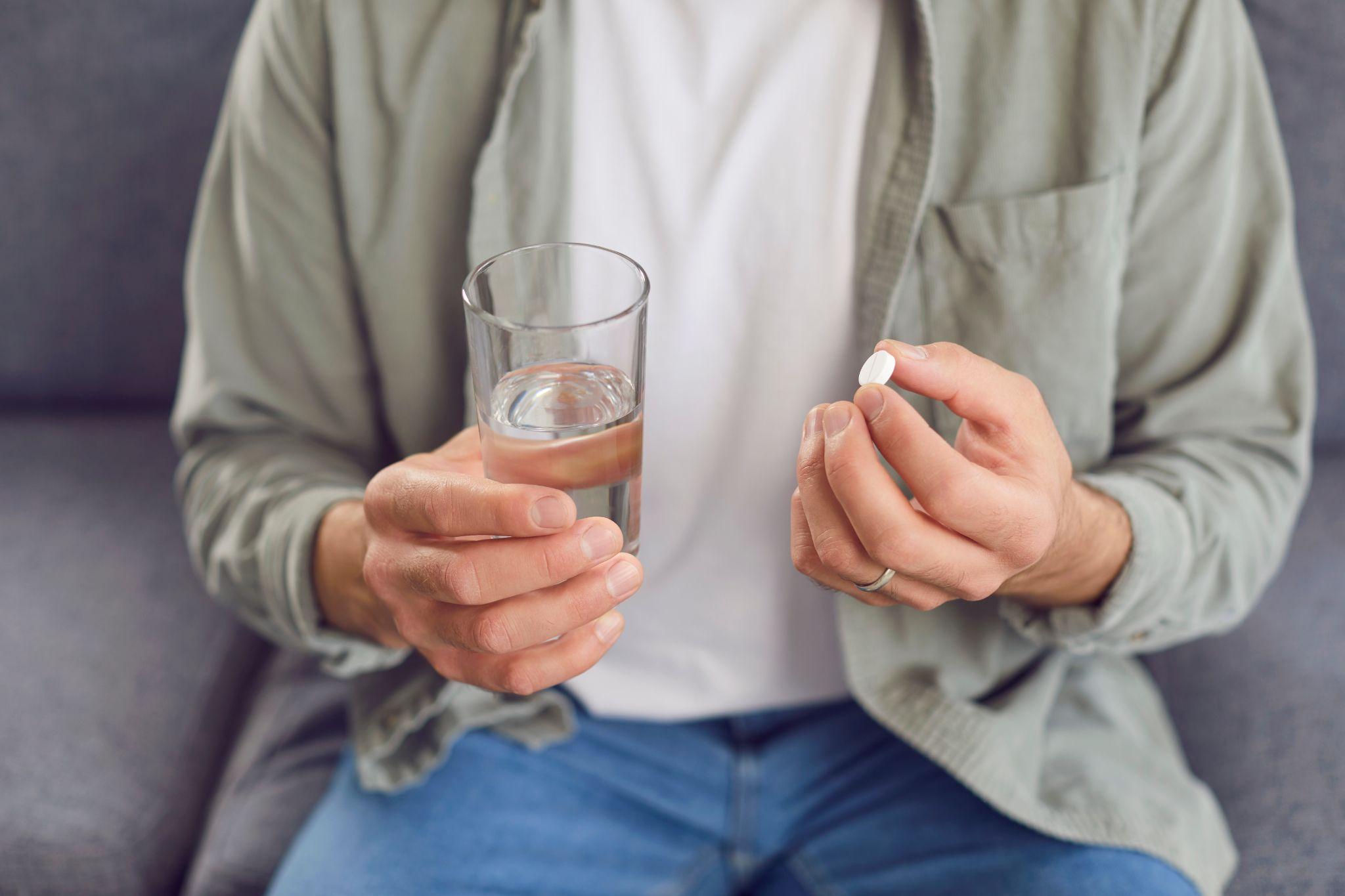If you’ve heard about medications like Ozempic or Wegovy, you’ve likely come across the term GLP-1, or glucagon-like peptide-1. But GLP-1 isn’t just triggered by prescription drugs—it’s a hormone your body produces on its own.
Supporting your natural GLP-1 response can help control appetite, regulate blood sugar, and assist with weight loss. Fortunately, learning how to increase GLP-1 naturally through food and supplements may offer a sustainable, holistic approach to metabolic health.
Below, we’ll explore foods and supplements that increase GLP-1 release—so you can better support your body’s metabolism, fullness cues, and glucose control.
What Is GLP-1 and Why Does It Matter?
GLP-1 is a hormone released in your gut in response to eating. It helps regulate blood sugar by stimulating insulin release and suppressing glucagon (a hormone that raises blood sugar). It also slows down how quickly your stomach empties and signals feelings of fullness to your brain—making you less likely to overeat.
Because of these effects, GLP-1 has become a major focus in managing type 2 diabetes, obesity, and metabolic syndrome. Medications that mimic GLP-1 can be powerful tools, but they also come with side effects and costs. For many, supporting GLP-1 production naturally through food and lifestyle is a more sustainable place to start—or a helpful addition to medical treatment.
4 Types of Foods That Increase GLP-1 Production
The right foods can work with your body to gently elevate GLP-1 levels. Here are some nutrient-dense foods that boost GLP-1:¹
1. High-Protein Foods
Protein-rich foods are strongly linked to increased GLP-1 levels. Eggs are a standout option, offering both protein and beneficial fats that can promote satiety and help stabilize blood sugar after meals. Protein shakes made with ingredients like whey, casein, or soy can also encourage GLP-1 secretion.
2. High-Fiber Foods
Fiber plays a critical role in GLP-1 release. Foods like oats, barley, whole wheat, and certain vegetables—including Brussels sprouts, carrots, and broccoli—are excellent sources. Fiber slows digestion and is fermented in the gut into short-chain fatty acids, which are believed to help stimulate GLP-1.
3. Healthy Fats
Monounsaturated and unsaturated fats may enhance the body’s GLP-1 response. Avocados and olive oil are two well-studied examples. These fats support insulin sensitivity and may increase GLP-1 levels when included in a balanced meal.
4. Nuts
Nuts like almonds, pistachios, and peanuts combine protein, fiber, and healthy fats—making them a triple threat for naturally boosting GLP-1. They also help slow digestion and promote a more gradual release of glucose into the bloodstream.

4 Supplements That May Help Boost GLP-1 Naturally
While there are no supplements that increase GLP-1 definitively, some may support your body’s natural response by aiding appetite regulation, blood sugar control, and digestion. These options show early potential, but it’s important to consult your healthcare provider before adding them to your routine.
1. Curcumin
Curcumin, commonly taken as a turmeric supplement, may help boost levels of GLP-1—a hormone that supports blood sugar control and helps you feel full after eating. Research shows that curcumin’s benefits may come from how it breaks down in the body, producing compounds that help activate GLP-1 release in the gut. While more human studies are needed, curcumin supplements show potential as a natural aid for supporting appetite and glucose regulation.²
2. Psyllium Fiber
Psyllium, a popular soluble fiber supplement made from the husk of Plantago ovata seeds, may support the body’s natural GLP-1 response. In a clinical study involving people with type 2 diabetes, daily psyllium supplementation improved blood sugar control, insulin sensitivity, and weight over eight weeks.
Although the study didn’t measure GLP-1 directly, psyllium’s ability to slow digestion and increase fullness suggests it may help stimulate GLP-1 activity. As part of a balanced routine, psyllium supplements may be a gentle, natural way to support appetite regulation and metabolic health.³
3. Ginseng
Ginseng is a well-known herbal supplement that may help support blood sugar control and natural appetite signals in the body. Research in lab and animal studies shows that a compound in ginseng called Rg3—found in heat-treated forms like red or black ginseng—can help boost GLP-1.
While most human studies focus on ginseng’s ability to lower blood sugar and improve insulin function, these early results suggest that some ginseng supplements may also support healthy GLP-1 levels as part of a broader approach to managing weight and metabolism.⁴
4. Berberine
Berberine is a plant-based compound often promoted as “nature’s Ozempic” for its potential weight loss and blood sugar benefits. A review of clinical trials found that berberine supplementation led to modest weight loss—around 4.5 pounds on average—and a slight reduction in waist size.
However, the studies varied widely in dose and duration, so the effects aren’t fully predictable. While berberine may support some of the same goals as GLP-1 medications, it doesn’t replicate their effects, and side effects like nausea or bloating are still possible.⁵
GLP-1 Medications: Are They “Unnatural”?
GLP-1 medications like semaglutide (Ozempic, Wegovy) are often labeled as “unnatural,” but that isn’t entirely accurate. These medications are modeled after a hormone your body already produces—glucagon-like peptide-1—which helps regulate appetite and blood sugar.
Although they’re made synthetically, they enhance natural processes in the body, especially for people with type 2 diabetes or obesity. For those seeking GLP-1 natural alternatives, certain lifestyle changes and supplements may offer limited support, but they don’t replicate the full effects of prescription GLP-1 medications. Talk to a medical professional to see if a GLP-1 prescription could be right for you.

Frequently Asked Questions
Do GLP-1 supplements work?
Some supplements may help support your body’s natural GLP-1 response, but none can truly replicate the effects of prescription GLP-1 medications—even those with “GLP-1” in the name. Their effectiveness varies from person to person, so it’s best to consult a healthcare provider before using them.
What lifestyle changes support GLP-1 medication use?
When taking a GLP-1 medication, it’s important to pair it with healthy habits like balanced meals, regular physical activity, and consistent sleep. These changes can improve results and reduce side effects.
How effective are natural methods at increasing GLP-1?
Natural strategies—like diet, exercise, and supplements—can gently boost GLP-1 levels, though they may not match the potency of medication.
Considering a GLP-1 Medication? 24hrdoc Can Help
If you decide that a GLP-1 medication might be right for you, 24hrdoc offers an easy and affordable way to get started with an online weight loss prescription. We provide access to compounded semaglutide and tirzepatide through licensed U.S. pharmacies, offering a more cost-effective option tailored to your needs.
Our board-certified providers will review your health history and goals to help determine if a compounded GLP-1 is a safe and effective choice—all without needing to leave home. Start your weight loss journey today!
Sources:
- Healthline. What Foods Increase GLP-1 Levels?.
- Alli-Oluwafuyi AM, Luis PB, Nakashima F, Giménez-Bastida JA, Presley SH, Duvernay MT, Iwalewa EO, Schneider C. Curcumin induces secretion of glucagon-like peptide-1 through an oxidation-dependent mechanism. Biochimie. 2019 Oct;165:250-257. doi: 10.1016/j.biochi.2019.08.013.
- Abutair AS, Naser IA, Hamed AT. Soluble fibers from psyllium improve glycemic response and body weight among diabetes type 2 patients (randomized control trial). Nutr J. 2016;15:86. doi:10.1186/s12937-016-0207-4.
- Chen W, Balan P, Popovich DG. Review of Ginseng Anti-Diabetic Studies. Molecules. 2019 Dec 9;24(24):4501. doi: 10.3390/molecules24244501.
- WebMD. Can You Boost GLP-1 Naturally?.




